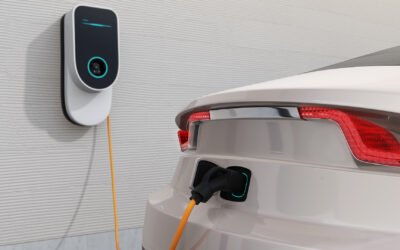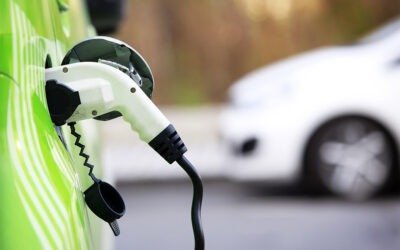Evolution of V2G: CPOs-Automotive OEMs-Utilities at the center of transition
About the Whitepaper
V2G technology, despite being in its early stage, is expected to alter not only the electric vehicle (EV) market, but the entire electricity market as well. So far, one of the biggest hurdles to V2G adoption has been a lack of V2G standard. However, with CharIN promising a new standard in 2025 and Automotive OEMs joining NACS (North America Charging Standard) in the USA, the landscape of V2G is going to drastically change very soon.
In this whitepaper, we take a deeper look at the possible use-cases leading to new revenue streams from V2G, key stakeholders (Automotive OEMs, Utilities, CPOs) trying to get a share of that revenue, and several simulated scenarios where one of them potentially leads the V2G space and can capture majority of this opportunity. The sections of the whitepaper include:
Overview of V2G Technology Today
- Growth of DC EV Chargers Globally
- Emergence of V2G as a Technology
- Regulations Enabling V2G Integration
Use-Cases of V2G and Their Importance
- Renewable Curtailment Reduction
- Capacity Firming
- Frequency Regulation
- Congestion Management
Key Stakeholders in the V2G Space
- CPOs/MSPs
- Utilities
- Automotive OEMs
Simulation Scenarios – Looking Ahead
- CPOs manage V2G as the sole aggregator
- Automotive OEMs control user’s V2G experience as an aggregator
- Utilities acting as a sole aggregator controling the V2G evolution
Related Articles
Standardization, Grid Upgrades, and Coverage: Key Factors in the Uptake of Fast Charging Infrastructure
• In advanced economies EV charging infrastructure is being built at a remarkable pace. • The biggest market for DC chargers globally in terms of units will be workplace charging followed by destination and En-route charging. • In 2020 only, around 1 million DC fast...
Irdeto | Empowering Secure EV Charging – Cyber Defense in Public EVSE Infrastructure
The transportation sector is rapidly moving towards Electric Vehicles (EVs) due to countries’ goals of reducing carbon emissions and phasing out Internal Combustion Engines (ICEs). The rapid growth of EVs and the increasing demand for EV charging infrastructure has...
Region-Wise Deployment of Electric Vehicle Charging Infrastructure
• The transport sector is heavily reliant on fossil fuels and accounts for 37% of CO2 emissions from end use sectors (International Energy Agency). • Globally APAC is the leading region in terms of EV charging infrastructure installed base which is evident from the...
Related Articles
Reliability Issues in EV Charging Infrastructure: A Barrier to Commercial Success
• The commercial success of the electric vehicle will require the development of a charging infrastructure that is accessible, easy to use, and relatively inexpensive• Looking at key performance indicators, which have a direct impact on a charging station's downtime,...
EV Charging Infrastructure Conference: Key Developments, Trends and Insights in the EV Charging Market
Asia Pacific EV Charging Infrastructure conference was held on 8th-9th February in Singapore. The theme of the conference centered around highlighting the key developments and improvements of electric vehicle charging infrastructure around the world with a specific...
Net-Zero Commitments Encouraging Growth in Carbon dioxide Removal Technologies
Carbon removal may be achieved through nature-based methods or by employing certain technologies, such as CCS and DAC. The drive to net-zero has resulted in enhanced interest and investment in CCUS. Carbon removal technologies should act as supplements, not...
Fragile Balance: Designing Carbon Pricing Mechanisms to Nudge the World to Carbon-Neutrality
Carbon pricing is an increasingly popular mechanism that tackles climate change, by employing market forces to incentivize individuals and companies to transition to clean energy. The primary objective of carbon pricing is to change behavior. This report explores two...







